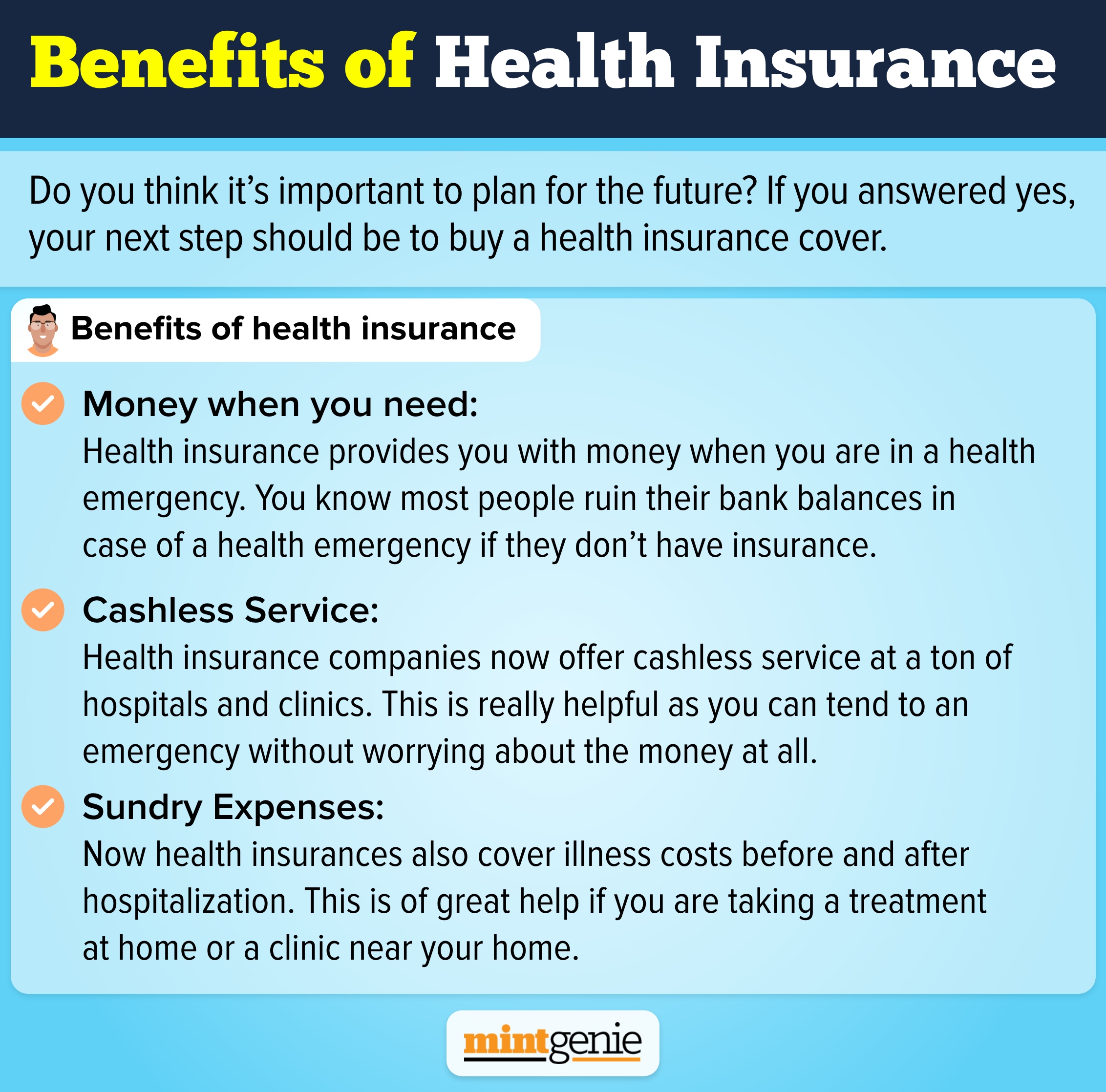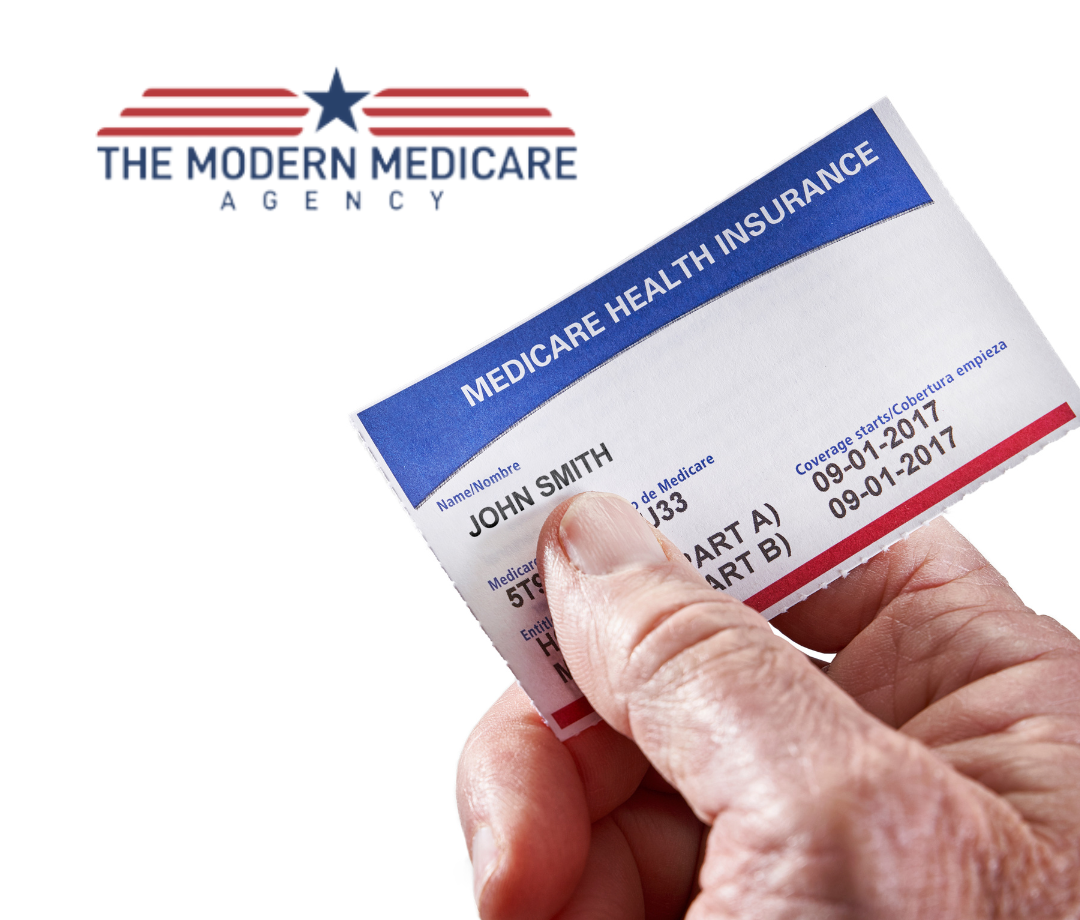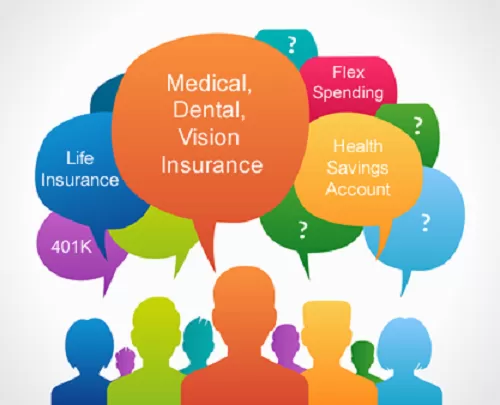The Main Principles Of Medicare Advantage Agent
The Main Principles Of Medicare Advantage Agent
Blog Article
The 20-Second Trick For Medicare Advantage Agent
Table of ContentsThe 9-Second Trick For Medicare Advantage Agent4 Easy Facts About Medicare Advantage Agent ShownMedicare Advantage Agent Fundamentals Explained


follows from confusing the relatively young fairly profile of account uninsured with the better health, wellness average, standard younger persons. For those without accessibility to office health and wellness insurance coverage, inadequate health and wellness is a possible obstacle to purchasing nongroup coverage since such coverage may be highly valued, exclude pre-existing problems, or be merely inaccessible. Unless or else noted, national quotes of individuals without health and wellness insurance coverage and percentages of the populace with various kinds of protection are based on the CPS, the most commonly used source of quotes of insurance coverage and uninsurance prices.

The Basic Principles Of Medicare Advantage Agent
The relationship in between health and wellness insurance and accessibility to care is well established, as recorded later in this phase. The partnership between health and wellness insurance coverage and wellness end results is neither direct neither basic, an extensive clinical and health and wellness services study literary works web links health insurance policy protection
to improved better to care, better qualityTop quality and improved enhanced individual population health wellnessStanding The 2nd report, on personal wellness end results for without insurance adults, is stood for by the innermost circle of the number, while the 3rd report, on household well-being, incorporates the subjects of the 2nd report but highlights a different device of analysis, specifically, the family.
It concentrates particularly on those without any type of wellness insurance policy for any length of time. The issues faced by the underinsured remain in some aspects similar to those encountered by the uninsured, although they are generally much less severe. Uninsurance and underinsurance, nonetheless, involve definitely different plan concerns, and the methods for resolving them might differ. Throughout this research study and the 5 records to follow, the primary focus is on persons without any health insurance coverage and thus no aid in spending for healthcare past what is available through charity and safety and security net organizations. Health insurance policy is an effective variable affecting invoice of treatment since both individuals and medical professionals respond to the out-of-pocket cost of services. Medical insurance, nonetheless, is neither required neither sufficient to get to medical solutions. The independent and direct result of wellness
insurance insurance policy protection access to health wellness is well establishedDeveloped Others will certainly get the healthcare they need even without medical insurance, by spending for it out of pocket or seeking it from service providers who use care free or at try this extremely subsidized prices. For still others, health insurance policy alone does not guarantee receipt of care because of other nonfinancial obstacles, such as a lack of healthcare suppliers in their neighborhood, minimal access to transportation, illiteracy, or etymological and cultural differences. Official research study about uninsured populaces in the United States dates to the late 1920s and early 1930s when the Committee on the Price of Treatment created a collection of reports about financing physician workplace sees and hospitalizations. This concern ended up being significant as the varieties of clinically indigent climbed during the Great Clinical depression. Empirical researches consistently support the link in between accessibility to care and improved health results(Bindman et al., 1995; Starfield, 1995 ). Having a routine resource of treatment can be taken into consideration a forecaster of accessibility, instead of a direct action of it, when health and wellness results are themselves used as gain access to signs. This expansion of the notion of accessibility measurement was made by the IOM Committee on Monitoring Access to Personal Healthcare Solutions(Millman, 1993, p. Whether or not parents are insured shows up to impact whether or not their children receive treatment as well as just how much careeven if the youngsters themselves have coverage(Hanson, 1998). The wellness of moms and dads can affect their capacity to care for their youngsters and the level of family stress and anxiety. Stressing over their children's access to care is itself a source of anxiety for parents. 3 phases comply with in this record. Chapter 2 gives a review of how employment-based medical insurance, public programs and specific insurance coverage run and engage to provide considerable but incomplete coverage of the U.S. populace. This includes a review of historic patterns and public plans affecting both public and personal insurance, a conversation of the interactions among the different sorts of insurance, and an evaluation of why people relocate from one program to another or wind up

Report this page